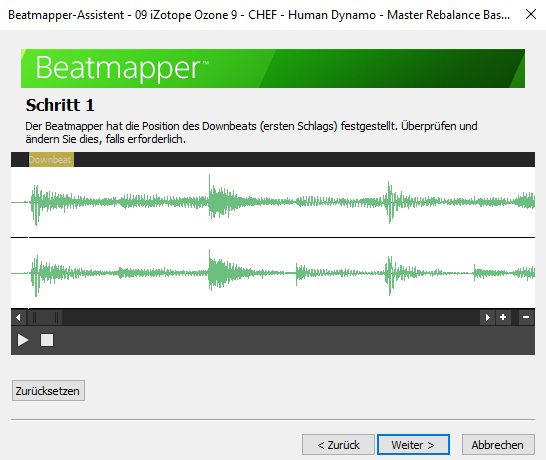

Ellagic acid (EA), a natural polyphenol, has a variety of biological activities including antioxidant, anti-inflammatory, and anticancer properties. Theaflavin-3,3 -digallate significantly reduced arthritis score and incidence in the CIA mouse model and suppressed the expression of inflammatory cytokines in the synovium, which plays preventive role in RA progression via inhibiting the activation of NF- κB and MAPK signaling pathways. For instance, kaempferol inhibits the migration and invasion of FLS by blocking the activation of MAPK pathway and attenuated the severity of RA in mice with CIA.

Therefore, it is necessary to find new strategies for the treatment of RA.Ĭurrent evidence has indicated that polyphenols play protective roles in the progression of RA.

Current therapies on RA are not effective and can cause serious side effects for RA patients.

Thus, inhibiting the aberrant activation of FLSs is believed to exert potential therapeutic effects on RA. Meanwhile, FLSs can secrete multiple proinflammatory cytokines such as interleukin- (IL-) 6 and IL-1 β to mediate inflammatory response, which plays a crucial role in articular cartilage destruction. Accumulating evidence has suggested that the activated FLSs exhibit similar properties of tumor-like cells, such as hyperproliferation and insufficient apoptosis, which is considered as an essential factor in the occurrence and development of RA. Fibroblast-like synoviocytes (FLSs) are the predominant cells comprising the synovial membrane structure. Rheumatoid arthritis (RA) is a chronic autoimmune disease characterized by synovial tissue inflammation, synovial hyperplasia, articular cartilage destruction, and joint deformities, which results in loss of articular function and seriously affects people’s health and quality of life. In conclusion, EA inhibited proliferation, inflammation, and oxidative stress and promoted apoptosis in MH7A cells and alleviated the severity of RA in CIA rats though downregulating MTA1/HDAC1 complex and promoting HDAC1 deacetylation-mediated Nur77 expression. Additionally, EA treatment attenuated arthritis index, paw swelling, synovial hyperplasia, and inflammation in collagen-induced arthritis (CIA) rats. Rescue experiments demonstrated that Nur77 knockdown reversed the effects of EA on MH7A cell biological behaviors. Moreover, chromatin immunoprecipitation assay indicated that EA inhibited HDAC1-mediated Nur77 deacetylation. MTA1 knockdown inhibited proliferation, inflammation, and oxidative stress and promoted apoptosis in MH7A cells, while HDAC1 overexpression reversed these effects. EA downregulated the MTA1/HDAC1 complex in MH7A cells. Moreover, coimmunoprecipitation assay verified the interaction between MTA1 and HDAC1. Then, TNF- α-treated MH7A cells were incubated with EA alone or together with MTA1 overexpression plasmid (pcDNA-MTA1), and we found that EA inhibited proliferation, inflammation cytokine levels, and oxidative stress marker protein levels and promoted apoptosis in MH7A cells, while MTA1 overexpression abolished these effects. Western blot analysis showed that EA reduced MTA1 expression in a dose-dependent manner in MH7A cells. Herein, the human fibroblast-like synoviocyte (FLS) cell line MH7A was treated with TNF- α to induce an inflammation model in vitro and then incubated with different concentrations of EA. Therefore, our study is aimed at investigating whether EA prevents RA progression through regulating the MTA1/HDAC1 complex. Notably, inhibition of MTA1 or HDAC1 has anti-inflammatory effects on RA. It was found that the level of metastasis-associated gene 1 (MTA1)/histone deacetylase 1 (HDAC1) protein complex was downregulated by polyphenols in several human disorders. Ellagic acid (EA) was reported to play protective roles in rheumatoid arthritis (RA).


 0 kommentar(er)
0 kommentar(er)
